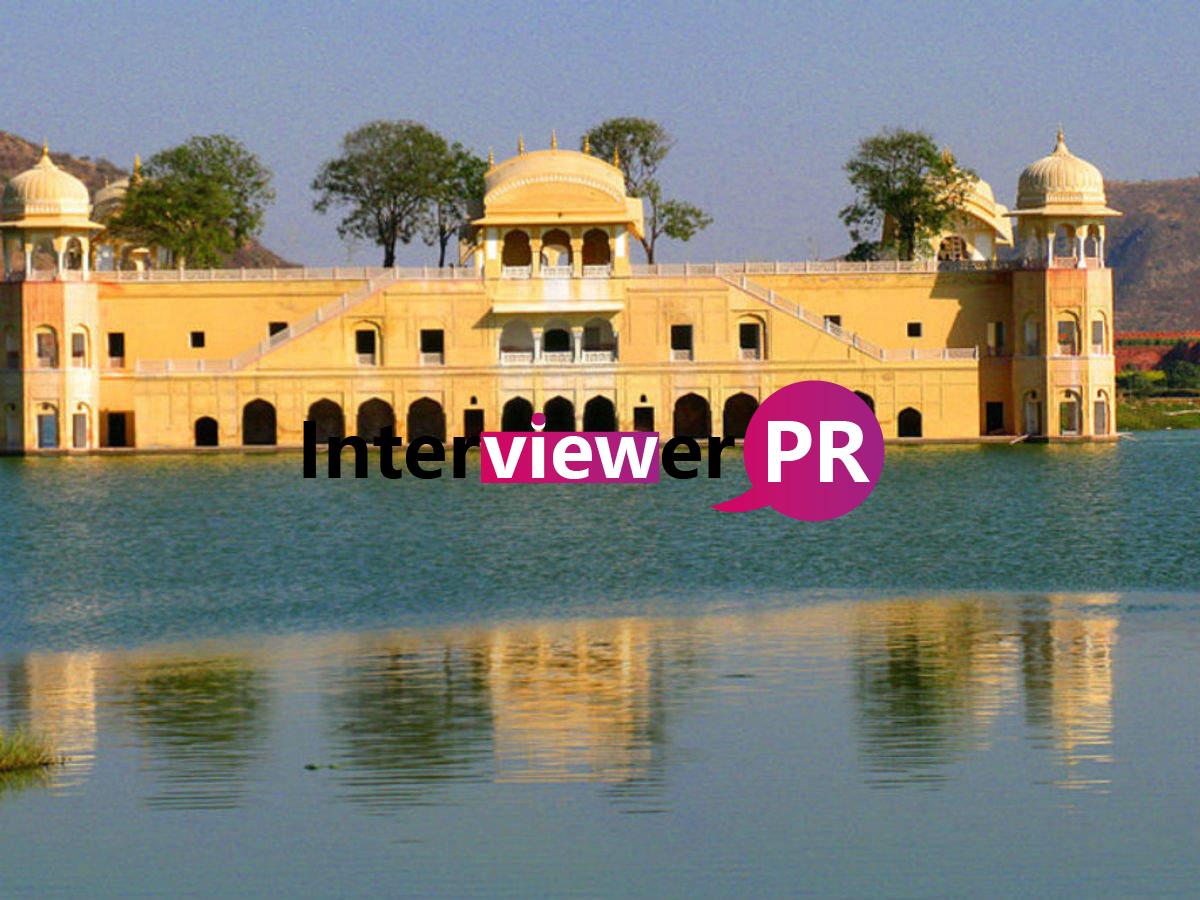It is a dream for everyone right from the historical times to turn a PLACE to a PALACE. To some, it was achievable, and to some, it was just a vanishing dream. India is well known for its Architectural Marvels that stands unchangeable for years, never letting your eyelids close without a spark. Even Technology has made anything possible today, but none can replicate this majestic marvel created by our ancestors.
One of such exquisite Architecture that was not intended to be built as a palace has later turned out to be a tourist spot, popularly known as “JAL MAHAL-THE WATER PALACE”, located at the Pink city of India, JAIPUR-The Capital of RAJASTHAN.
- Advertisement -
Many of us visit Jaipur to step onto the Amer Fort, Nahargarh Fort, Hawa Mahal and the lovely Bazaars, but Jal Mahal may not be high on the popularity charts.
But once you come to know about it, it is sure that your brain will plan a trip to this place before you could do. Entry to this Palace is restricted, but the visitors can row to the palace on specially procured boats. It is a perfect spot for a click on your camera at the middle of the beautiful MANSAGAR LAKE along with lovely birds and spectacular monument.
The Scientific structure of the palace remains unknown to the tourists visiting Jal Mahal. It appears to be a single storied building from a distance, but actually there are four different levels submerged in water. The solid substance with which the entire monument has been made can hold back millions of litres of water and the mortars made of limestone prevents entry of water into this monument for over 250 years.
HISTORY:
Jal Mahal was constructed by Maharaja Madho Singh I, initially as a lodge for himself and his entourage during his duck hunting parties during the 17th century. His son, Madho Singh II made tremendous changes to the initial construction during the 18th century. Jal Mahal was built during the famines when the lake had completely dried up. It is surrounded by Aravalli hills from three sides and Jaipur city on the fourth side. There are 4 chattris on all the four corners of the palace. These are octagonal in shape. The fort has some of the marble carvings that heighten the greatness of the Rajput Architecture.
HOW TO REACH THERE:
Jal Mahal is 4 kms away from the walled city of Jaipur on the way to Amer. The place is very well connected to each part of town by buses, cabs, autos, taxis and e-rickshaws. Hiring a bike or cycle for Jaipur site seeing is a convenient and cost-efficient option.
Jaipur International Airport (18.2 kms)
Jaipur Railway Station (6.9 kms)
Chandpole Metro Station (5.9 kms)
Sindhi Camp Bus Stand, Jaipur (5.3 kms).
MYSTERY:
As entry to the palace is restricted, the architecture’s underground floors and what remains inside still stands as a mystery.


